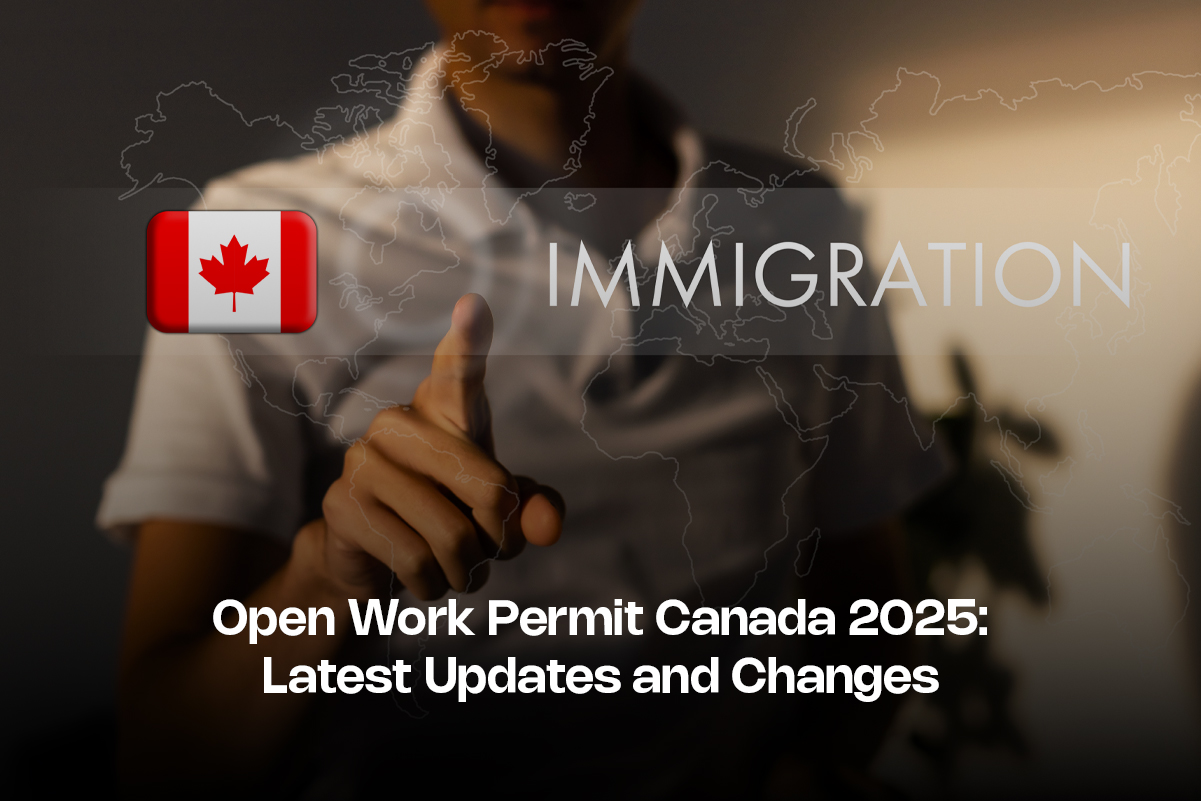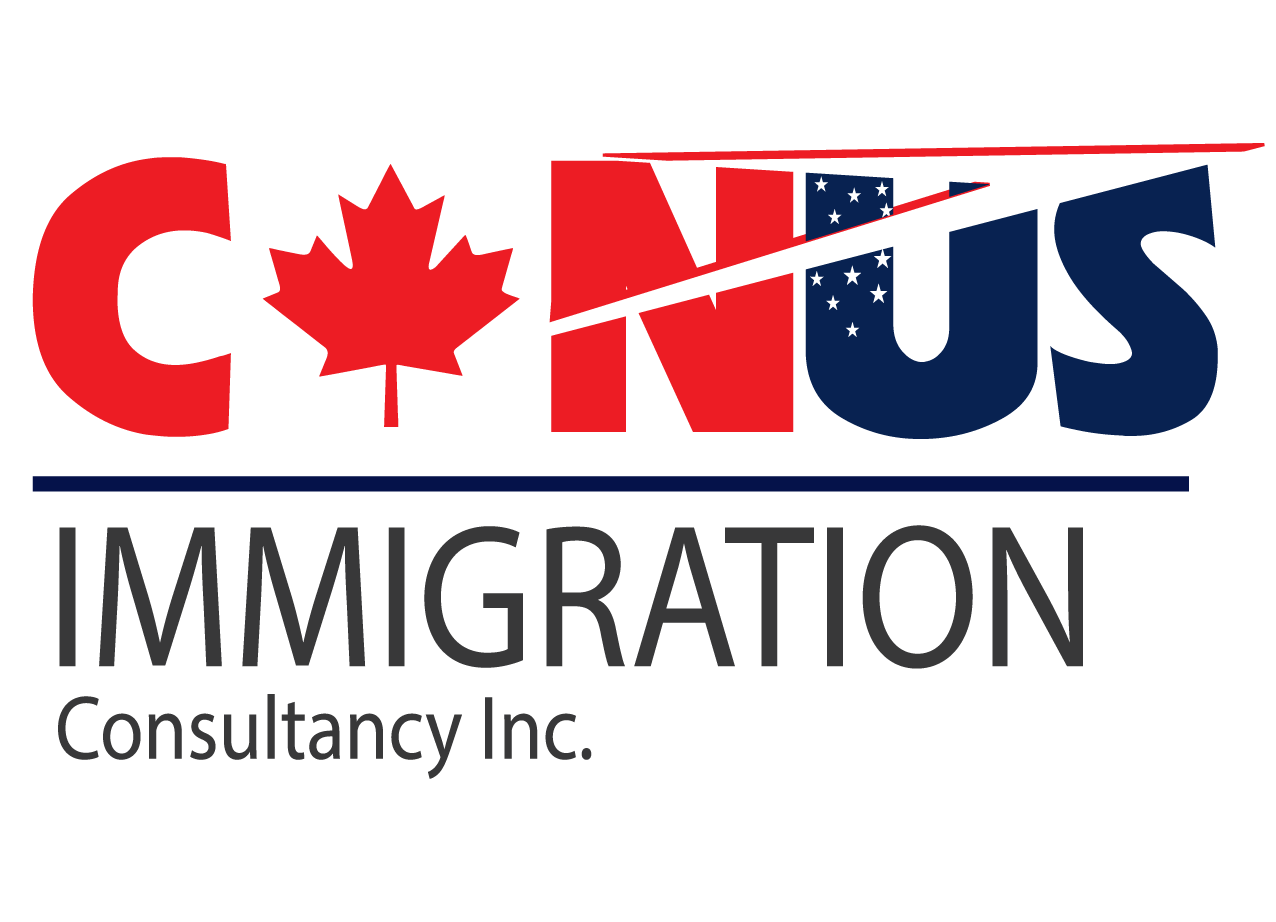Open Work Permit Canada 2025: Latest Updates and Changes

Work permits are seen as golden tickets to the Canadian dream. Canada has immense opportunities, and people around the world look for ways to build their future in this welcoming nation. You can’t deny the fact that Canada remains a top destination for skilled immigrants seeking better lives.
But lately, there have been challenges in immigration and housing that have pushed the government to make adjustments. The recent changes to a open work permit aim to balance Canada’s welcoming nature with practical economic needs.
Many families who could get work permits before will no longer qualify. This is true for dependent children and spouses of workers in certain jobs. Learning about these changes now will help you plan better.
What’s Changing for Open Work Permits in 2025?
The Canadian government announced big changes to open work permits on January 14, 2025. These changes mostly affect family members of students and workers.
From January 21, 2025, only spouses of certain students and workers can apply for a family open work permit. This is very different from old rules that let more family members work in Canada.
If you applied before January 21, your application will be processed under the old rules. Also, if you already have a valid open work permit, it will stay good until it expires.
Who Still Qualifies for Family Open Work Permits?
For international students, only spouses of those in:
- Master’s programs that last 16 months or longer
- Doctoral programs
- Select professional programs like Medicine, Law, or Engineering
For foreign workers, only spouses of those in:
- TEER 0 or 1 jobs (management and professional roles)
- Select TEER 2 or 3 jobs in sectors that need workers
The worker must also have at least 16 months left on their work permit when their spouse applies.
How These Changes Affect Different Groups
These new rules create winners and losers. Some families will still qualify for work permits, while others won’t. Families of highly skilled workers and advanced degree students can still get open work permits. This helps Canada attract top talent while supporting their families.
Children will no longer qualify for open work permits under any cases. This big change will affect many families’ money situations and immigration plans.
Spouses of workers in lower-skilled jobs will lose eligibility unless those jobs are in specific sectors that need workers. This targets permits to areas where Canada needs workers most.
If you’re looking for the best immigration consultant near me to help with these changes, now is a good time to get professional advice. A qualified consultant can help you see if you still qualify under the new rules.
Application Process for Open Work Permits
If you still qualify for an open work permit under the new rules, the application process is similar to before. But understanding the requirements is more important than ever. First, make sure you meet the new rules. Then gather all needed documents, including:
- Valid passport
- Proof of relationship (marriage certificate or common-law papers)
- Proof of your spouse’s status in Canada
- Evidence of their program (for students) or job (for workers)
The fee is still $255, which includes both the work permit application fee ($155) and open work permit holder fee ($100).
Processing times vary, but online applications usually take 2-4 weeks. Paper applications may take 4-6 weeks or longer if more documents like medical exams are needed.
Required Documents Checklist
Having the right documents is key for a successful application. Missing or incomplete documents can cause delays or refusal.
You’ll need to provide:
- Passport valid beyond your planned stay
- Photos that meet IRCC rules
- Proof of relationship to the main permit holder
- Copy of your spouse’s study or work permit
- Proof of their enrollment or employment
- Medical exam results (if needed)
- Police clearance certificates (if needed)
If you’re unsure about document needs, talking with the best immigration consultant near me can save time and prevent costly mistakes.
Benefits of Open Work Permits Despite Restrictions
Even with the new limits, open work permits are still valuable for those who qualify. Unlike closed work permits tied to specific employers, open work permits let holders work for almost any employer in Canada. This flexibility gives big advantages:
- Freedom to change jobs without applying for a new permit
- Ability to work in different places across Canada
- Chance to gain Canadian work experience in various fields
- Possible path to permanent residence through Canadian Experience Class
For families, having both spouses able to work provides money stability and better integration into Canadian society. It can also make the move to permanent residence smoother for those planning to stay long-term.
How to Plan Your Immigration Strategy
With these new limits on open work permits, many families need to rethink their plans. Here are some strategies to consider:
First, check if you still qualify under the new rules. If not, look into other work permit options such as employer-specific permits or provincial programs.
If permanent residence is your goal, consider paths that might not need an open work permit. Express Entry, Provincial Nominee Programs, and other immigration streams may offer better options based on your skills.
Timing matters more than ever. If you’re currently eligible but things might change, applying sooner could be better.
Talking with immigration experts has become even more valuable with these changes. An open work permit offers great flexibility, but navigating the complex rules requires expertise. Many people search for the “best immigration consultant near me” to get personal advice for their situation.
Remember that these changes don’t affect everyone. Spouses of workers covered by free-trade agreements and those moving to permanent residence aren’t affected by these new limits.
Future Outlook for Canadian Immigration
Canada isn’t closing its doors – it’s just being more selective. While these work permit changes might seem tough, the overall picture remains positive.
Canada still plans to welcome over 500,000 new permanent residents yearly. They’re just trying to better match immigrants with actual job market needs.
If these changes affect you, don’t lose hope. Many other immigration paths exist. Stay flexible, keep informed about policy updates, and consider getting expert advice for your situation.
